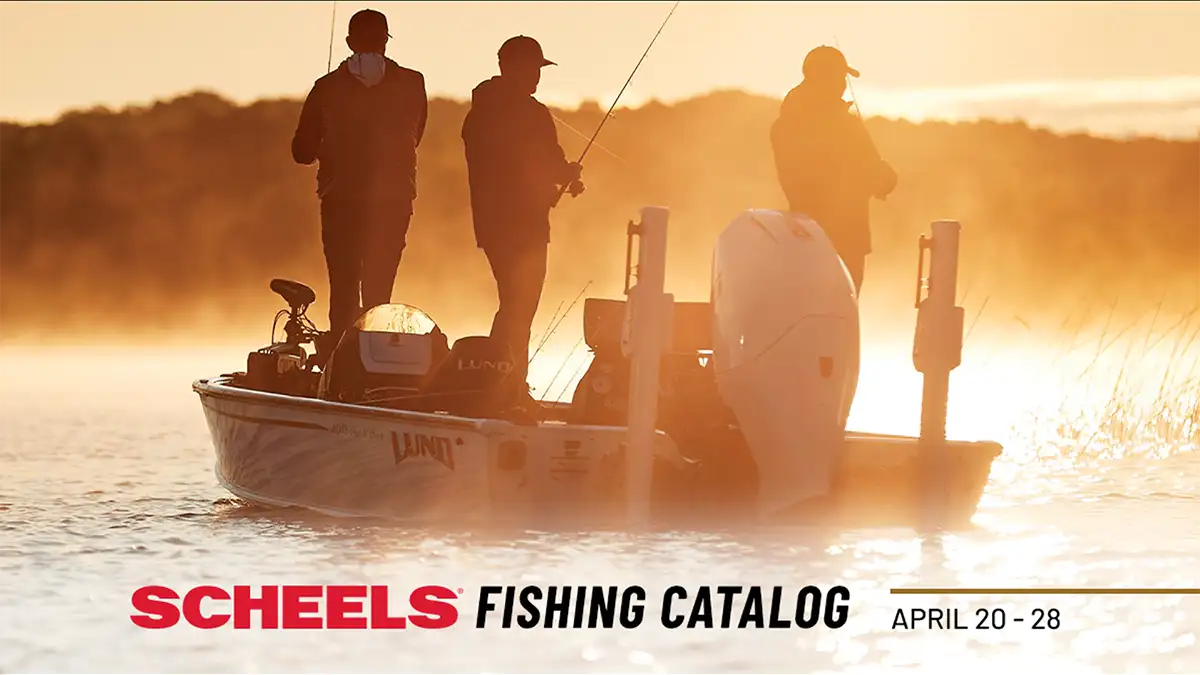Both balsa and plastic crankbaits have a time and place, but how do these materials differ in buoyancy? This week’s “What it Looks Like” seeks to answer that question with two proven deep diving crankbaits – the Rapala DT 16 (foreground) is made of balsa while the Bomber Fat Free Shad is built of plastic (background).
Both have seductive fish-catching actions and sounds, but rise rates on the pause differ significantly. A slower rise may be preferred when fishing cooler water, cold front conditions or moody fish, whereas a more buoyant bait may be preferred when fish are active or working over snag-filled bottoms. Bottom line, it’s situationally dependent and an attribute worthy of your consideration anytime you tie on a crankbait. The fish will tell you what they want.
Note: It’s likely that opposite results exist with other baits, but broadly speaking, the demonstrated material results hold true for most crankbaits.












